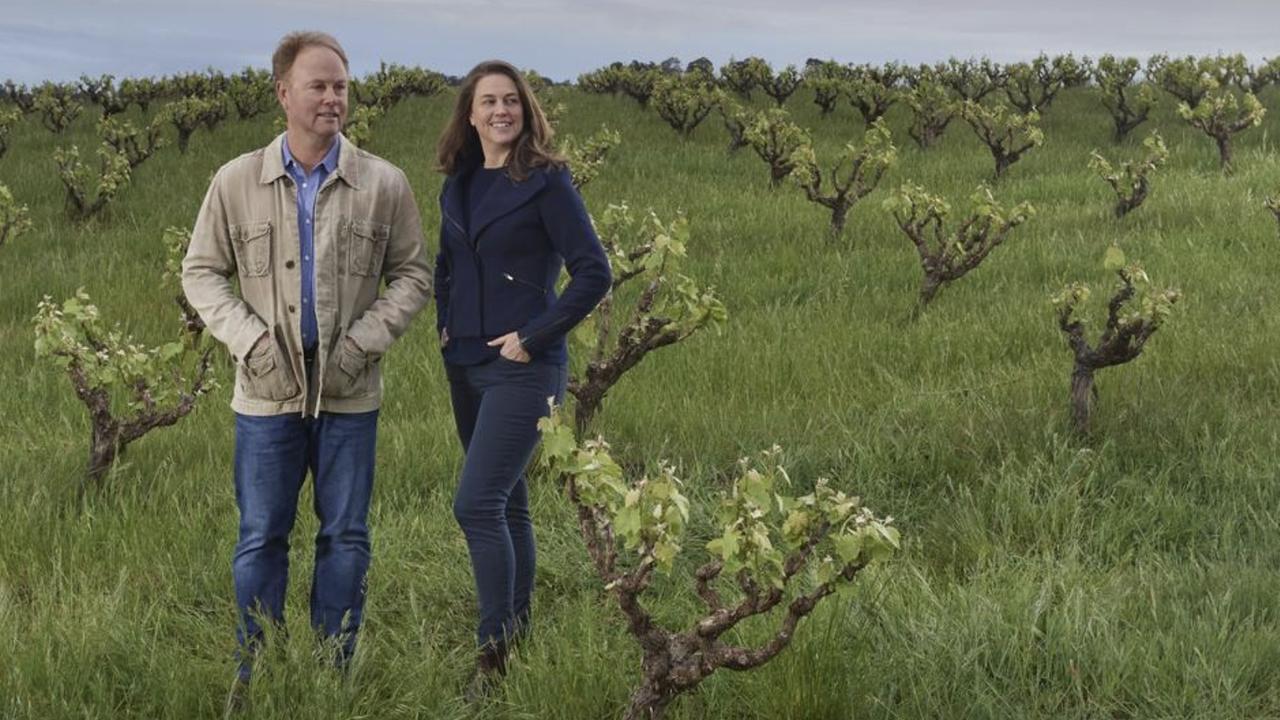Open gardens: where to find them in 2021?
There’s nothing like sticky-beaking around other people’s places. Here’s a guide to getting your Open Gardens fix.
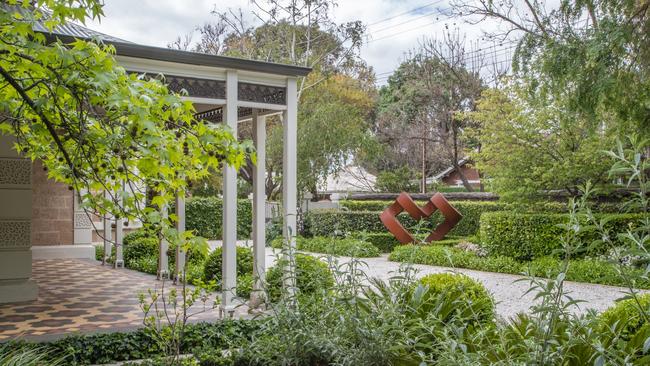
Visiting open gardens has always been popular but it hasn’t been as easy lately. During the past year, the pandemic interrupted private garden visits along with most events involving the general public. But problems stem back to the collapse in 2015 of the much-loved not-for-profit Open Gardens Australia. Not all states managed to rebuild the volunteer-run organisations that enable us to visit private gardens not normally accessible to the public.
In South Australia, they simply reverted to their statewide Open Gardens SA and scarcely missed a beat. Open Gardens Victoria also continued to offer a solid program of private gardens to visit, and in Western Australia, volunteers set up Open Gardens West Coast in 2016. Canberra has a small group, as does the Northern Territory, both of which plan to resume a schedule of open gardens shortly; but NSW, Queensland and Tasmania sadly have no such formal organisations.
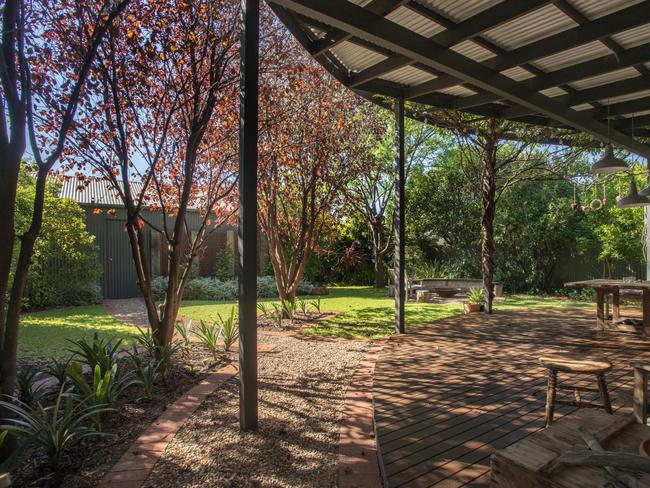
If you’re ready to step out and get a garden fix, there are plenty of opportunities if you know where to look. Covid-safe protocols are observed across the board.
In addition to open gardens this weekend and in April-May, Open Gardens SA has teamed with the Master Landscapers SA to stage the SA Landscape Festival (SALF) for the weekend of April 10-11. This presents 12 professionally designed and constructed gardens, from large rural to city townhouse gardens, ranging in style from formal to cottagey. Tickets are $50 for all gardens or $10 for a single garden, with funds raised going to the Country Women’s Association.
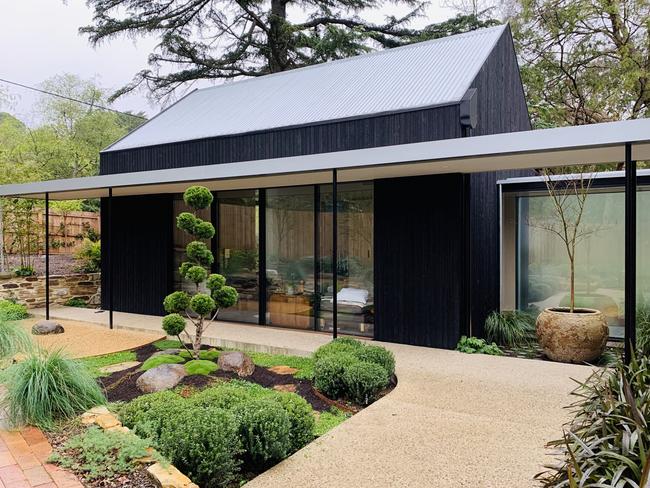
Open Gardens Victoria restarted a program of private gardens to visit at the beginning of March and has something on offer most weekends until April 18. Historic Bishopscourt at East Melbourne is open this weekend, but tickets must be booked online; you can also enjoy virtual past openings online.
In Perth, cycad expert John Banasiewicz shows off his tropical haven at Jandakot on April 10-11 through Open Gardens West Coast and The Western Australian Horticultural Council lists events such as the Perth Garden and Outdoor Living Festival from April 29 to May 2 and the biannual Garden Clubs and Societies Plant Fair.
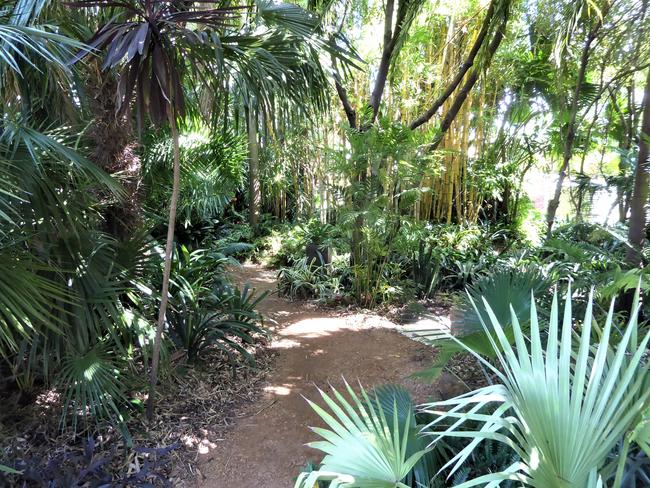
In Queensland, open gardens can be found through the Queensland Gardening Events Diary, which also lists shows, fairs and events such as the Queensland Garden Expo in Nambour (July 9-11). And Blooming Tasmania, a tourism-based not-for-profit, has detailed listings of private and public gardens along with associated events and accommodation.
Another excellent resource is My Open Garden, a website that lists, by state, private gardens that are open regularly, public gardens, events and even accommodation in gardens. You need to register for full access but it is free and full of useful information such as mobility access and plant sales.
Plant fairs are the place to find rare species and meet passionate specialists. Sydney’s Collectors’ Plant Fair is on April 10-11 at Hawkesbury Race Club and Brisbane’s is June 5-6 at Rocklea Showgrounds.
Dig deeper
myopengarden.com.au
opengardenssa.org.au
opengardensvictoria.org.au
opengardenswestcoast.org
opengardenscanberra.org.au
Facebook.com/opengardensnt
queenslandgardening.com (click events tab)
bloomingtasmania.com.au
gardenclubs.org.au/diary-dates
horticulturalcouncil.com.au
collectorsplantfair.com.au
Q&A
To promote flowers and fruit on my passionfruit I understand I should use a fertiliser with low nitrogen and high potassium. What does this mean in numbers? Linton Ritchie, by email
NPK ratios (Nitrogen: Phosphorus: Potassium) are listed on every pack and worth reading as they vary a great deal. For general-purpose fertilisers, the ratio of K is less than N. Examples are 12:1.4:7 and 24:3.5:16. For flower and fruit fertilisers K is almost always higher than N, such as 14:2.6:21 and 10:1.1:17.3.
Can I develop a cacti and succulent garden in the ground or should I leave them in pots? John Kruger, Melbourne
You can certainly plant them, which allows for better growth, reduces watering frequency and saves repotting, but rapid drainage is essential. You can buy a loamy sand in bulk from landscape suppliers. Mounding up the beds also improves drainage. For inspiration, visit the new Arid Garden at the Melbourne’s Botanic Gardens.
Can an excess of coffee grounds affect my compost? Zoe McNeice, by email
Good compost is about a balance of different ingredients, so add small amounts at a time mixed with other “moist green” and “dry brown” ingredients. Coffee grounds have some nitrogen plus trace amounts of phosphorus, potassium, magnesium and copper. Although slightly acidic, they’re unlikely to affect soil pH. Fresh coffee grounds inhibit seedling growth but composting mitigates this. If you have a patch lying fallow for six months, a thin layer of coffee grounds will reduce weed growth and improve soil structure.
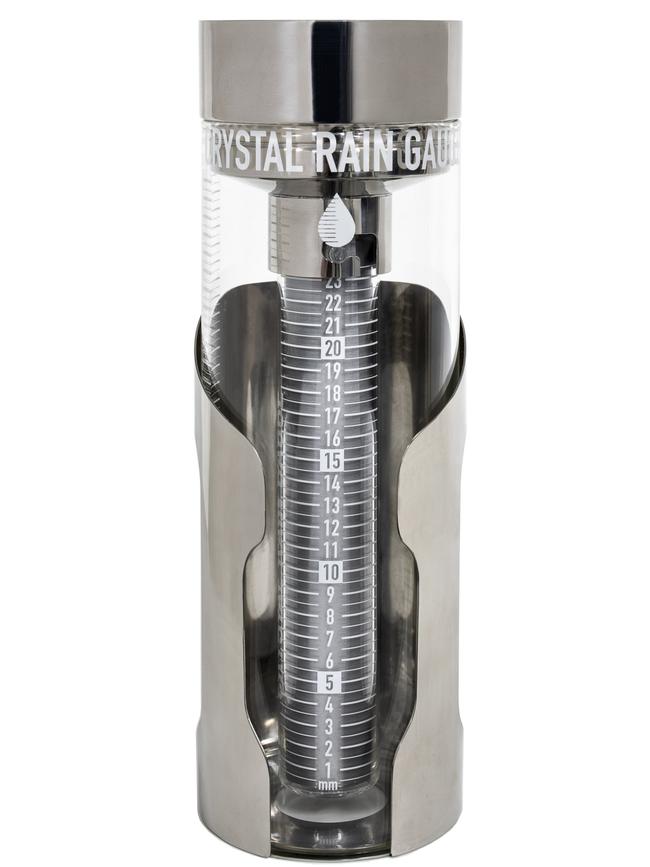
Send your questions to: helenyoungtwig@gmail.com or Helen Young, PO Box 3098, Willoughby North, NSW 2068. The best question for March wins an Australian-designed Crystal Rain Gauge of marine stainless steel and glass, worth $80.



